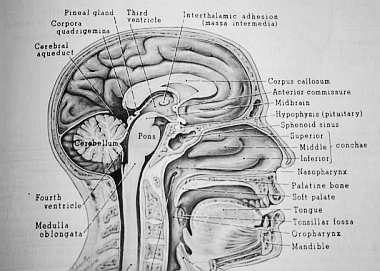I am not a racist!
In 1964, a woman named Kitty Genovese was beaten and killed in an attack witnessed by dozens of people, none of whom intervened. In studies to understand this phenomenon, psychologists discovered the “bystander effect” (sometimes called the “Genovese effect” after the victim), which says that the more bystanders witness an attack, the less likely it is that any individual will intervene. Each individual witness believes that someone else will intervene, and that their action is therefore not needed. In a follow-up study to explore the effect of race in this equation, psychologists found that if a lone individual witnessed an attack by a white person on a black person, they were more likely to intervene than when they witnessed a white-on-white attack. When confronted with a racialized situation, most people feel compelled to intervene because not to intervene would make them feel like racists. In cases where other witnesses were present, the subjects were actually less likely to intervene in a white-on-black attack than similar subjects witnessing a white-on-white attack. In these instances, the presence of other potential interveners allows the subject to avoid the self-accusation of racism — they can tell themselves that they’re staying out of it because someone else will intervene, not because they’re racist. These results are repeated in a similar study in which subjects were asked to play the part of jury member in a trial against a black defendant. Each subject was supplied with the details of the case and then watched recordings of 11 jurors explaining why they felt the defendant was guilty. In cases where the recorded jury members were all white, the subjects were very likely to find the defendant “not guilty”, feeling that the other jurors were racists and they were standing up against the other jurors’ racism. When one of the recordings was replaced by a black juror with the same argument, however, the subjects were much more likely to find the defendant “guilty”. If a black person thought the defendant was guilty, then it couldn’t be racist to agree, right?
Pay no attention to the man in the gorilla suit
In The Art of the Start, Guy Kawasaki describes a study performed with college-aged subjects in which they were asked to watch a video of several people passing a ball around and count the total number of passes and catches. At one point, a man with a gorilla suit enters the scene, thumps his chest a bit, and hangs out for 9 seconds. After watching the video, subjects were interviewed about what they had seen. A full 50% of the students did not see the gorilla. This phenomenon is called “perceptual blindness” or “inattentional blindness”, and occurs when we become so focused on what we’re doing that we fail to see anything that does not directly play into the task at hand. We basically fail entirely to pay attention to things we don’t expect to see.
You’re such a girl!
Pity the poor college student — here’s another study involving college student subjects. In this one, male subjects were given a personality survey, after which the testers would tell them their character was especially feminine or especially masculine. The results were bogus, chosen at random, to set the subjects up for the second part of the study in which they were asked their opinions on such things as same-sex marriage, the war in Iraq, and President Bush’s performance. Men who were told that they had “feminine” personalities were much more supportive of President Bush and of the War, and much more opposed to same-sex marriage, than the men who were told they were very masculine. In essence, one group of men were called “sissies” and felt put upon to assert and thus prove their masculinity, while the other group felt unthreatened and thus more able to respond freely.
We’re all doomed(?)
What should we do with all this? Are we simply doomed? Are we just dumb animals dominated by a couple pounds of irrational meat? I don’t think so. We are, of course, capable of deep reasoning — consider the work of the great philosophers, brilliant scientists, and far-sighted social critics. These quirks of thought don’t undermine our rationality, they coexist with it. Some of these gremlins in our thinking machine are the product of social conditions that we can change — but knowing they’re there and how they work is a prerequisite for that. Others are features, not bugs — anyone who has ever been deep in the “flow” of their work can attest to the value of perceptual blindness which allows us to “tune out” the inessential and distracting. Ultimately, knowing is better than not knowing. Those of us who are committed to the idea of personal improvement think a lot about the habits that hold us back and prevent us from achieving our goals, whatever they are. Knowing that we have a tendency to see others through the prism of race and gender, that we often act in ways that only become conscious after the fact, or that might blind us to important events as well as to trivial distractions can, I think, help us to better realize our goals. At least that’s what my brain tells me to think.
